Introduction
In modern industrial production, pumps play a critical role. From chemical and petroleum to food and pharmaceuticals, different types of pumps are used to transport various fluids. Among them, Industrial Screw Pump and Gear Pump are two of the most commonly used. Many companies face the same question when selecting equipment: which pump is more suitable for their specific application?
Industrial Screw Pump Overview
Working Principle
The core of an Industrial Screw Pump lies in the rotational motion of screws. The screws mesh together to form sealed cavities. As they rotate, these cavities continuously move forward, pushing the liquid along. Thanks to this unique design, screw pumps deliver a stable and continuous flow with almost no pulsation.
Key Features
- Stable delivery: Provides smooth, continuous flow, ideal for processes requiring steady supply.
- High adaptability: Capable of handling fluids ranging from low to high viscosity.
- Low noise: Operates quietly compared to other pumps.
- Long service life: Minimal wear, longer maintenance intervals.
Common Applications
- Crude oil transfer in the petroleum industry
- High-viscosity liquids and polymers in the chemical industry
- Chocolate, syrups, and dairy products in the food industry
- Paste-like materials in pharmaceuticals
Gear Pump Overview
Working Principle
A Gear Pump relies on the meshing of two or more gears to move liquid. As the gears rotate, fluid is trapped between the gear teeth and the casing, then transported forward to achieve delivery.
Key Features
- Simple structure: Few components and low manufacturing cost.
- Quick response: Suitable for continuous operation under medium to low pressure.
- Compact size: Small footprint, easy to install.
Common Applications
- Oil circulation in lubrication systems
- Fuel transfer
- Hydraulic systems
- General transfer of clean industrial fluids
Industrial Screw Pump vs Gear Pump Comparison
Fluid Handling
- Screw Pump: Handles high-viscosity fluids, gas-containing or particle-laden liquids.
- Gear Pump: Best for low-viscosity, clean fluids such as fuel or lubricants.
Flow and Pressure Stability
- Screw Pump: Almost no pulsation, perfect for applications demanding high stability.
- Gear Pump: Some pulsation, but sufficient for most general applications.
Efficiency and Noise
- Screw Pump: High efficiency, low noise.
- Gear Pump: Moderate efficiency, higher noise level.
Maintenance and Service Life
- Screw Pump: Less wear due to optimized screw engagement, longer lifespan.
- Gear Pump: Gear contact surfaces wear more quickly, requiring frequent maintenance.
Cost
- Screw Pump: Higher initial investment but lower long-term operating costs.
- Gear Pump: Lower purchase price but higher long-term maintenance costs.
Comparison Table
| Feature | Industrial Screw Pump | Gear Pump |
|---|---|---|
| Fluid Handling | High-viscosity, particle/gas-containing fluids | Low-viscosity, clean fluids |
| Flow Stability | Smooth, pulsation-free | Slight pulsation |
| Efficiency & Noise | High efficiency, low noise | Moderate efficiency, higher noise |
| Maintenance & Service Life | Less wear, long lifespan | Faster wear, shorter lifespan |
| Cost | Higher initial cost, lower operating cost | Lower upfront cost, higher maintenance cost |
Recommended Application Scenarios
When to Choose an Industrial Screw Pump
- High-viscosity fluids: Such as crude oil, asphalt, food pastes.
- High stability requirements: For feeding reactors in chemical processes.
- Low-noise environments: Such as food and pharmaceutical workshops.
When to Choose a Gear Pump
- Budget constraints: Limited initial investment.
- Low-viscosity fluids: Such as fuel, lubricants, or hydraulic oil.
- Simple operating conditions: No solids, low pressure, or low temperature.


 English
English русский
русский عربى
عربى

.jpg)
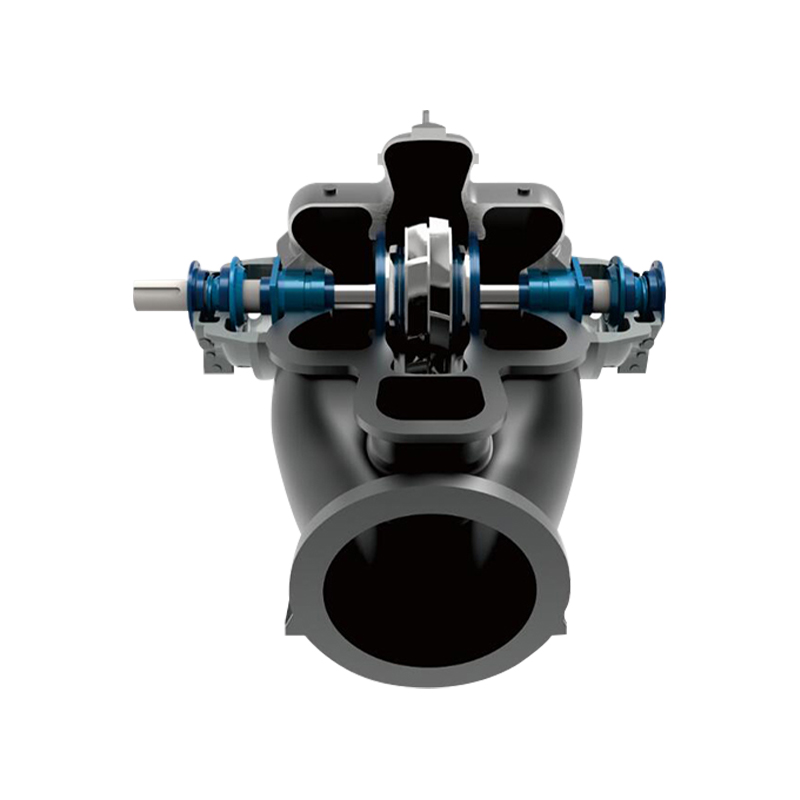
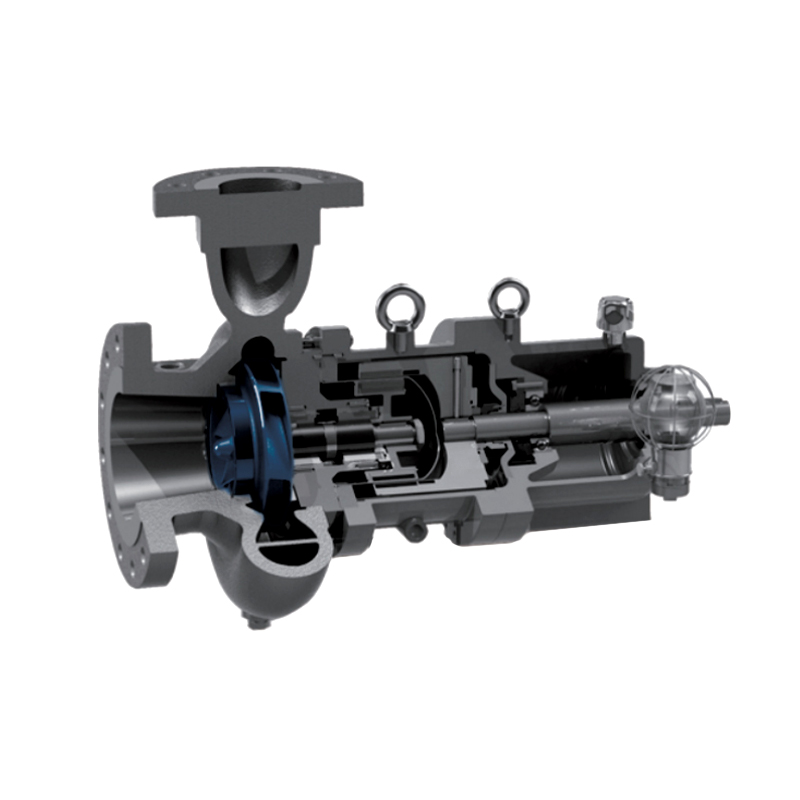
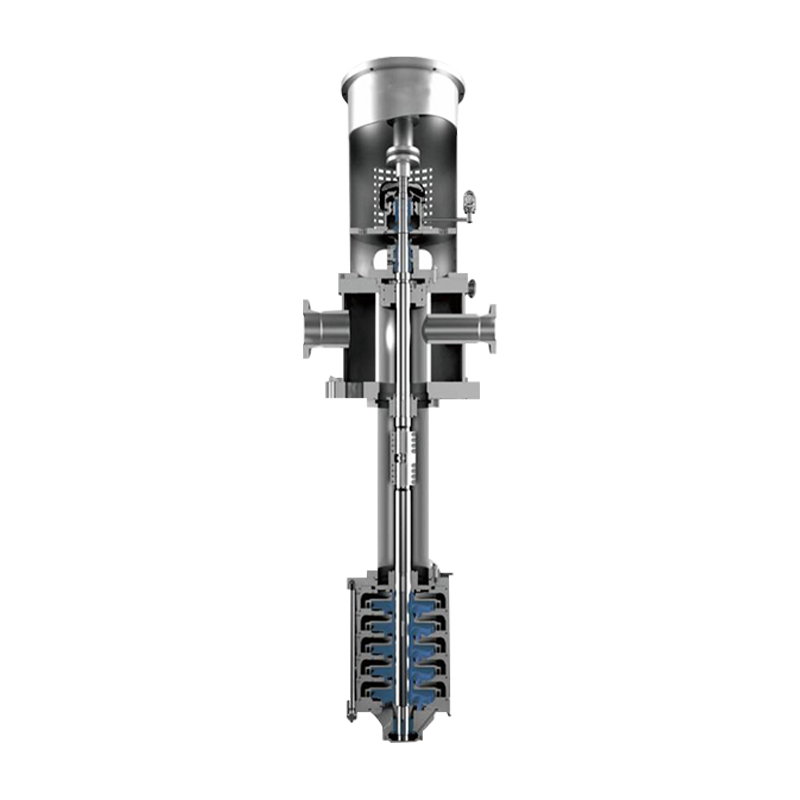
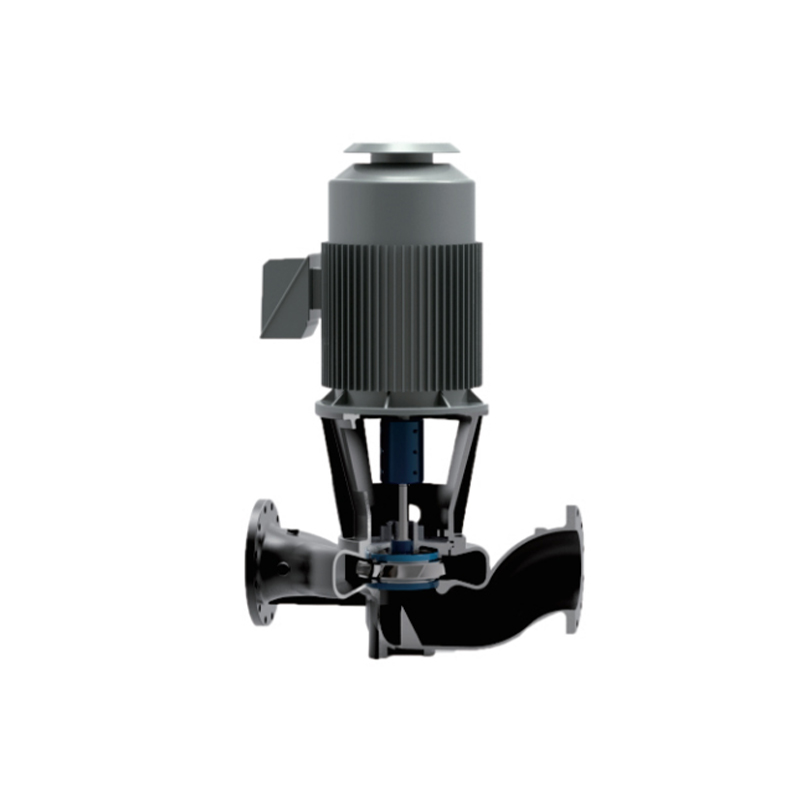

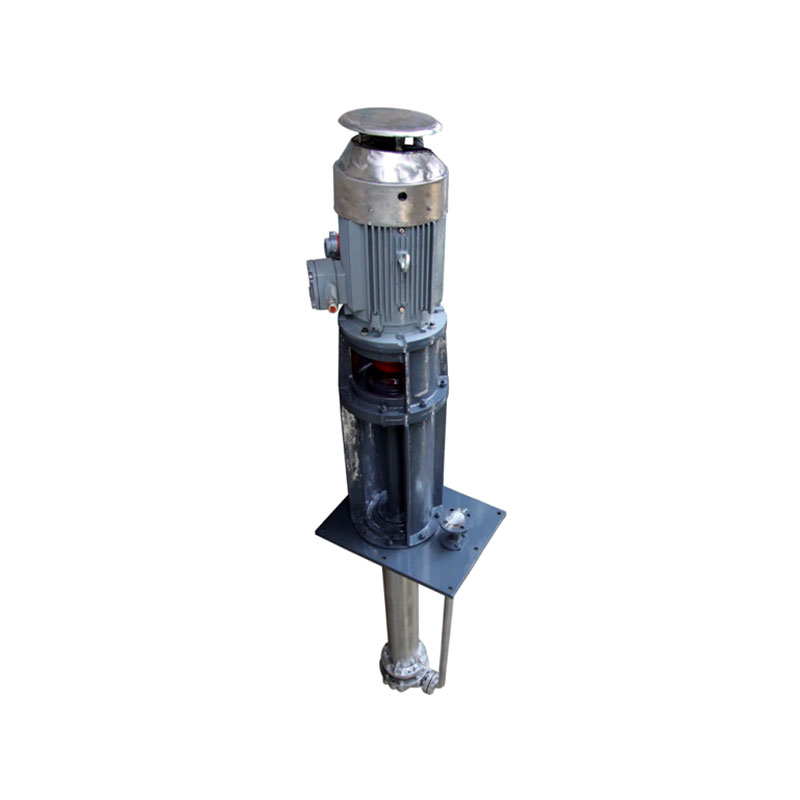
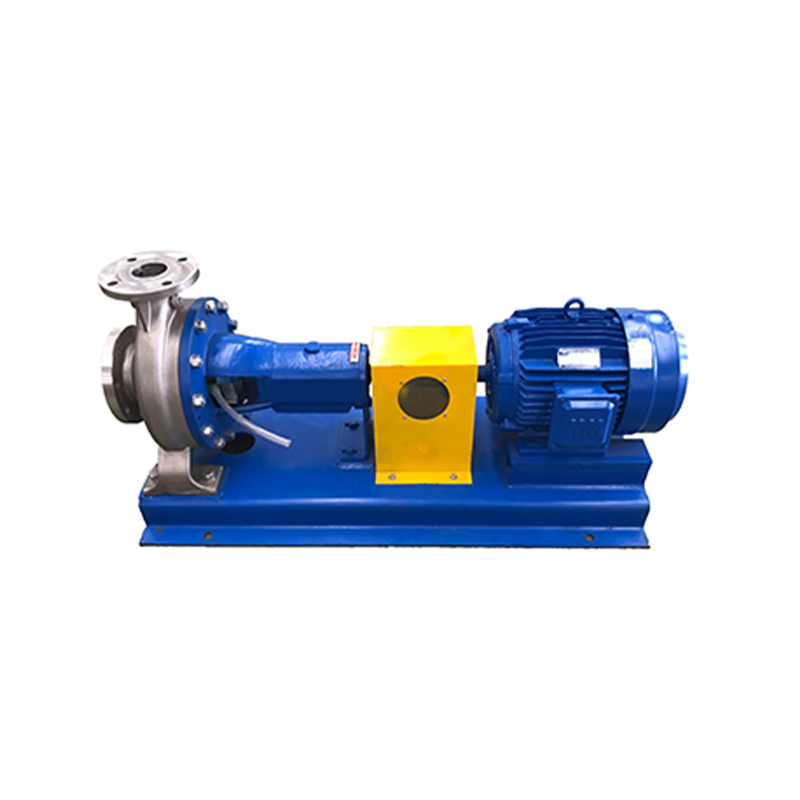

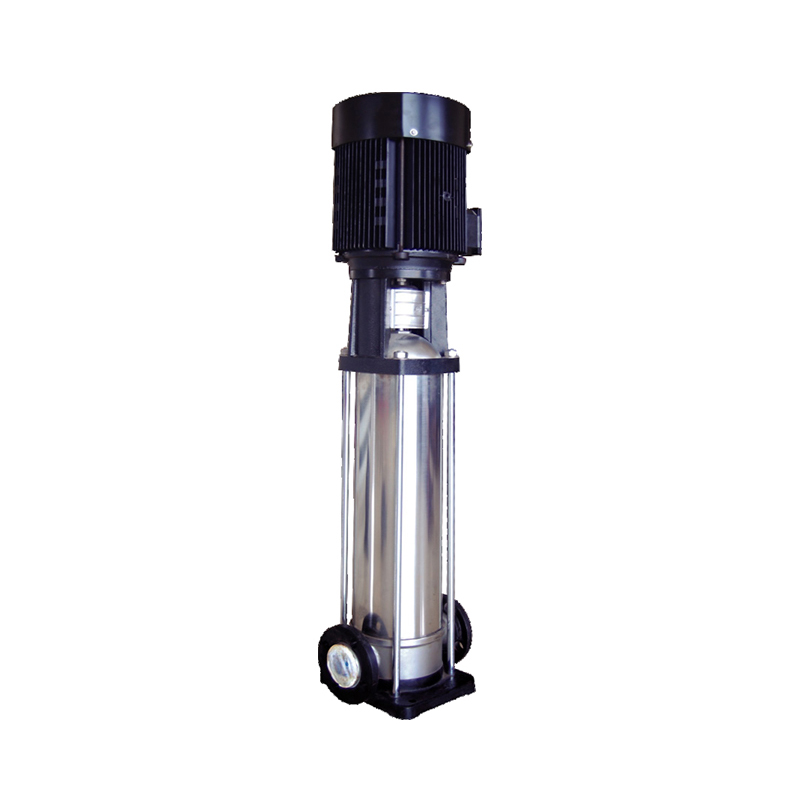






 ENG
ENG

 TOP
TOP